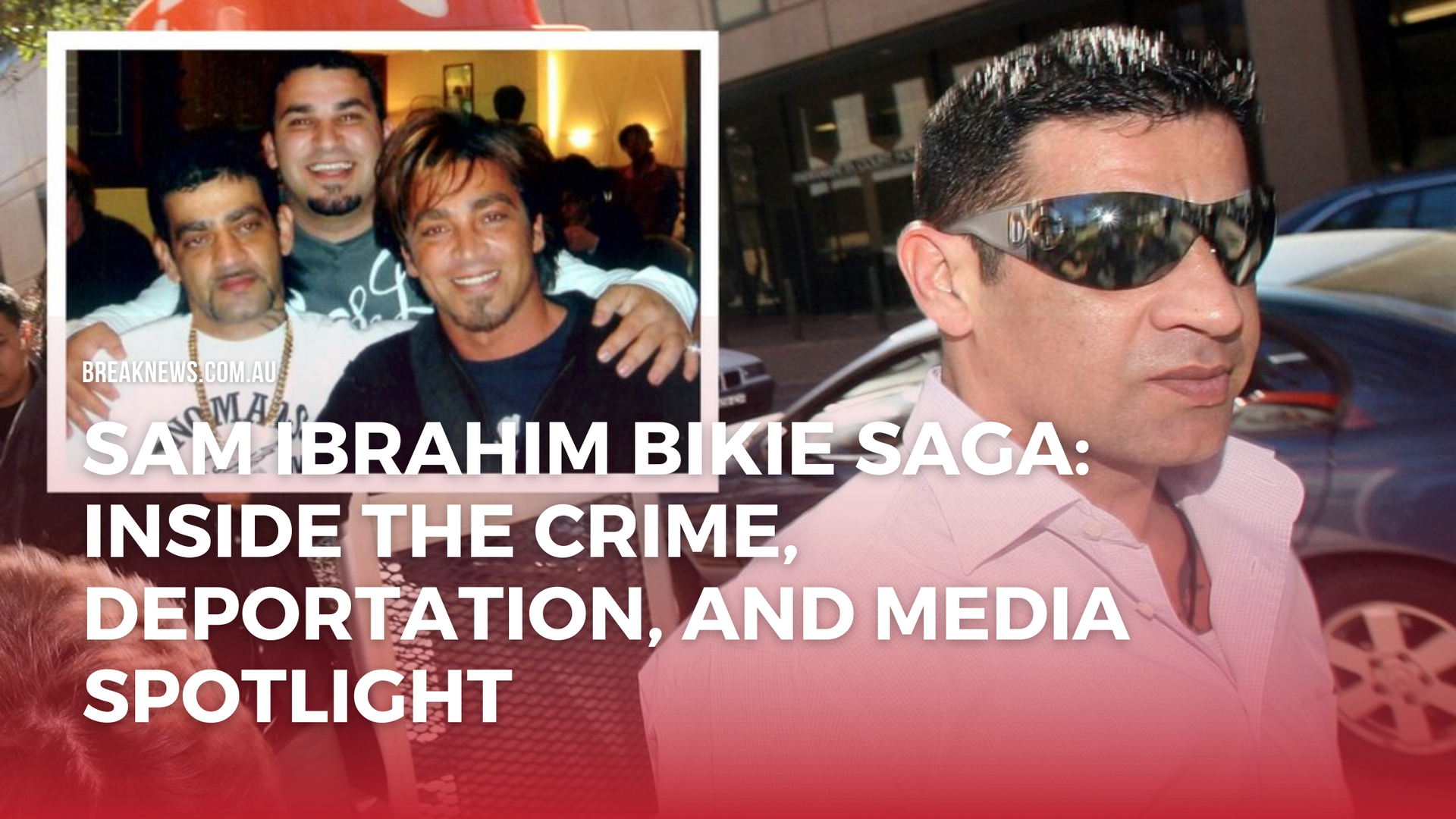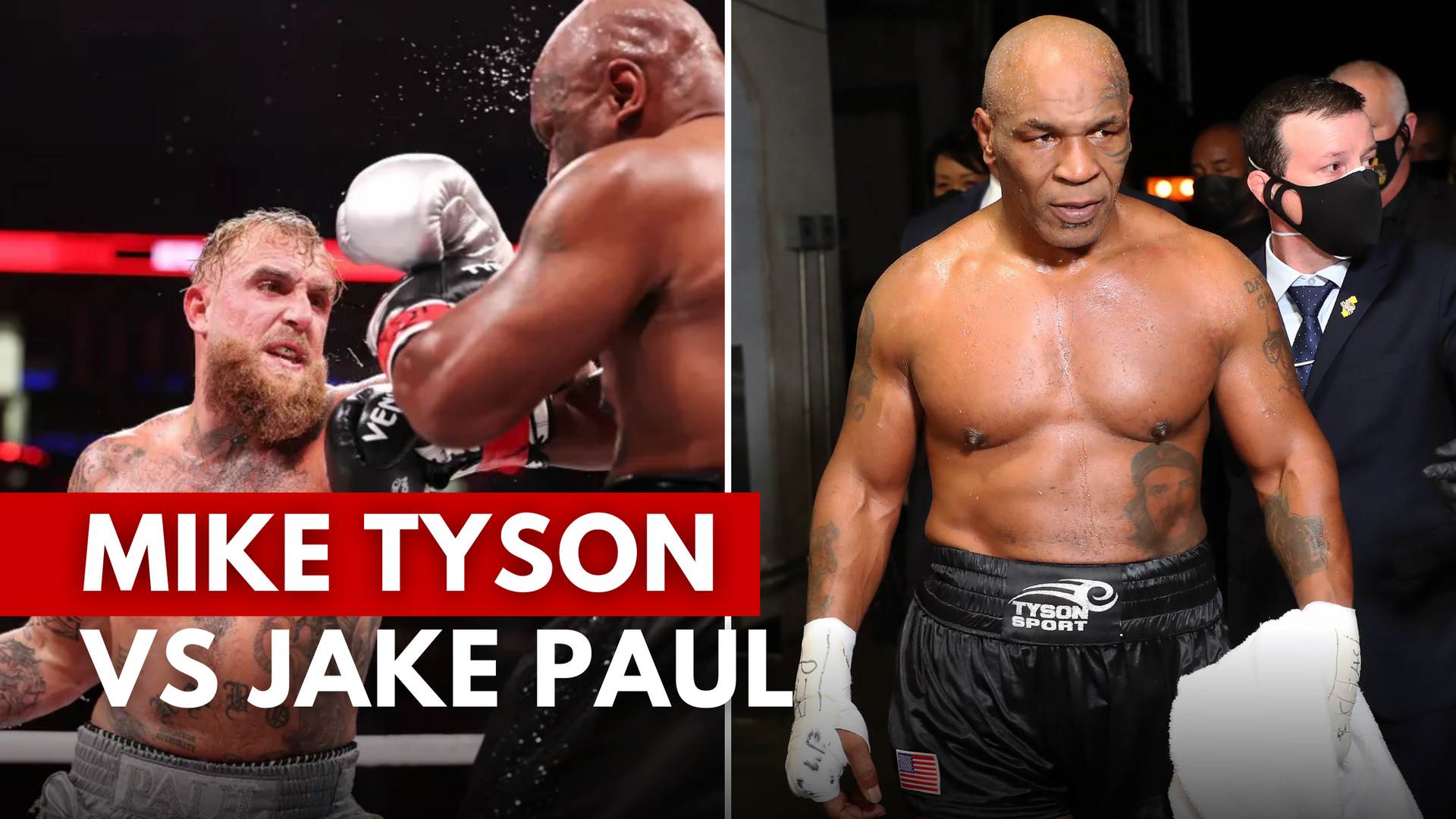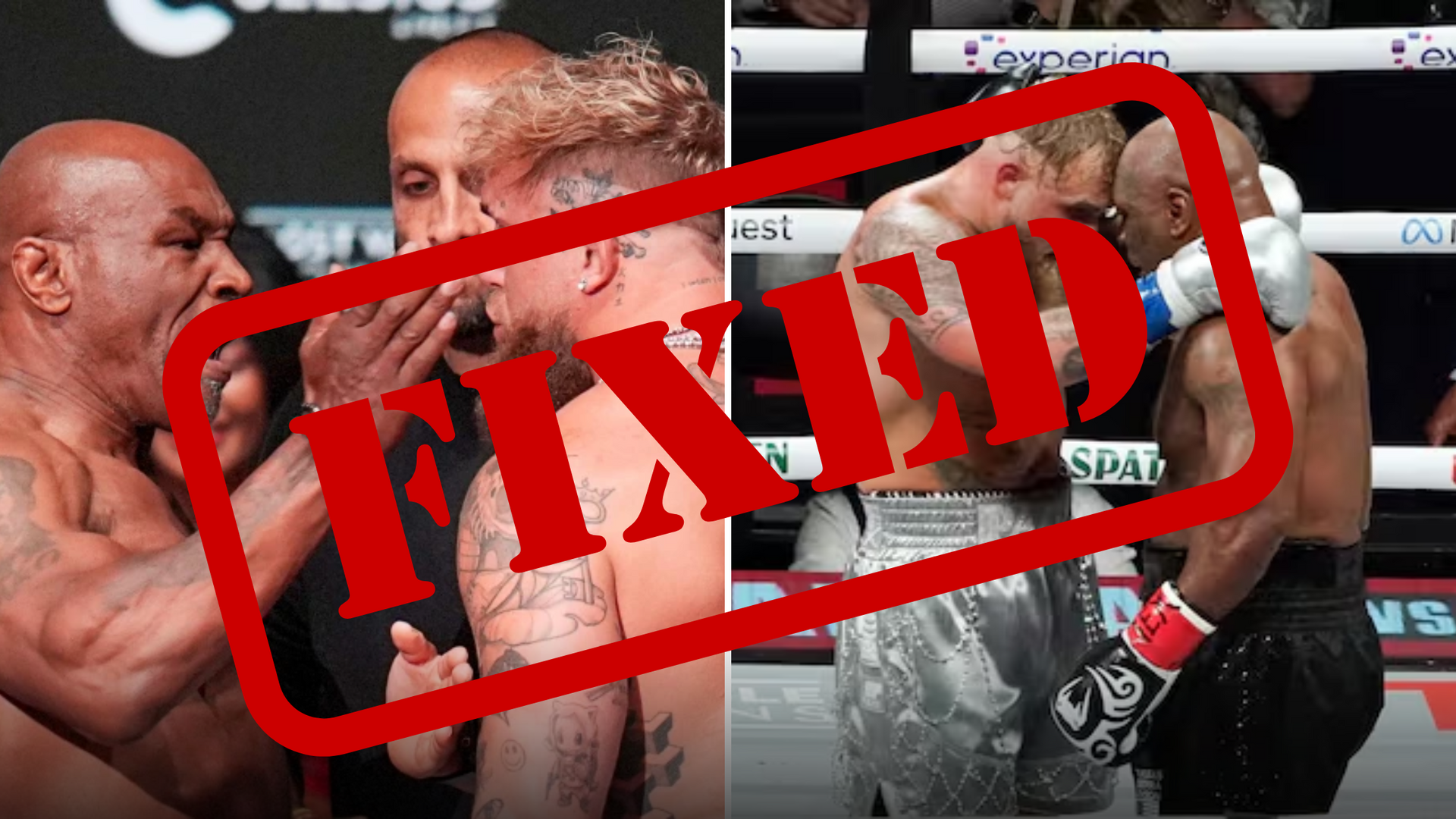Sam Ibrahim Bikie: Nomads Leader, Criminal Charges & Deportation

Sam Ibrahim’s name has become synonymous with the ongoing saga of organised crime, high-profile police crackdowns, and constant media intrigue in Australia. As a former president of the notorious Nomads bikie gang, Ibrahim’s criminal exploits and leadership have thrust him into the centre of Sydney’s underworld drama for decades.
This story isn't just about a gang leader—it’s a window into how crime syndicates operate, how authorities attempt to break their hold, and how the public perceives these larger-than-life underworld figures. Political decisions, police operations, and sensational news coverage have all amplified the significance of Ibrahim’s case far beyond the bikie scene.
This article breaks down each chapter of the Sam Ibrahim story—from his rise through bikie ranks, to explosive legal troubles, family connections, interstate police escorts, and eventual deportation moves. Readers looking for in-depth, current insights into Sydney’s criminal landscape and its national reverberations will find all the key elements right here.
Sam Ibrahim’s Criminal Background and Role with the Nomads
Understanding Sam Ibrahim starts with his position as a central figure in the Australian bikie underworld, most notably as Parramatta chapter president of the Nomads. His reputation wasn’t built overnight—it’s the culmination of years navigating the shifting loyalties, rivalries, and power struggles that define outlaw motorcycle gangs.
Ibrahim’s ascent and activities with the Nomads put him in constant conflict with authorities, drawing persistent law enforcement attention. Media coverage amplified his notoriety, transforming him into one of Sydney’s most talked-about crime figures. His criminal background, leadership stature, and subsequent legal troubles offer a crucial prelude to the consequences and high-stakes interventions that followed.
This background sets the scene for deeper exploration of his specific criminal charges, conspiracy allegations, and the ripple effects on Sydney’s crime networks detailed in the sections to come.
Leadership and Gun Supply Conspiracy Charges
- President of the Nomads’ Parramatta Chapter:Sam Ibrahim’s status as the Parramatta chapter president of the Nomads bikie gang made him a key decision-maker and visible leader within Sydney’s outlaw motorcycle club networks. His role involved not just symbolic leadership, but strategic influence over recruitment, alliances, and turf disputes both in and outside the gang.
- Criminal Charges Linked to Organised Crime:Ibrahim’s leadership coincided with numerous criminal investigations, including serious offences tied to violence, extortion, and drug trafficking. Law enforcement and intelligence reports have constantly placed him at the centre of sophisticated, multi-layered criminal operations, connecting him to broader organised crime activity in Sydney and beyond.
- 2014 Gun Supply Conspiracy and Arrest:One of the most high-profile episodes came in 2014, when Ibrahim was arrested and accused of being the mastermind behind a conspiracy to supply military-grade firearms. The operation, said to involve other notable figures like Dior and Mileski, aimed to move weapons between gangs, with allegations that Mileski was to secure guns for Demarco—a reminder of the complex and highly networked nature of the underworld.
- Heightened Law Enforcement Scrutiny:These activities prompted intense surveillance and unprecedented police efforts. Taskforces like Strike Force Raptor specifically targeted bikie gang activities, employing everything from new consorting laws to large-scale raids and intelligence operations.
- Broader Bikie Network Connections:Ibrahim’s influence stretched into Western Australia as well, raising government and community concerns about bikie expansion and interstate alliances. His arrest and continued imprisonment highlighted the authorities’ aim to disrupt criminal networks at their leadership cores.
Through these allegations and operational realities, it’s clear why Sam Ibrahim became a flagship target in the fight against organised crime, and why his every move has been closely monitored by both law enforcement and the media.
From Prison Transfer in Sydney to Perth: How Police Escorted Ibrahim
The transfer of Sam Ibrahim from a New South Wales prison to immigration detention in Western Australia marked another dramatic chapter in his ongoing story. Moving high-profile figures like Ibrahim raises serious questions about security, risk, and interstate criminal influence.
Authorities planned his transfer as a high-security operation, reflecting concerns over potential threats, escapes, or even acts of violence during transit. This complex logistical effort, orchestrated by police and federal agencies, demonstrated just how seriously the system treats offenders of Ibrahim’s notoriety.
The details of the police convoy, charter flight operations, and associated security protocols not only highlight the unique challenges of transporting underworld figures, but also reassure the public that authorities are on high alert when it comes to safeguarding communities throughout such moves.
Police Convoy and Charter Flight Operations Explained
- Establishment of High-Security Protocols:Planning began well in advance, with police mapping out a secure route from the Sydney prison. Authorities assessed risks—ranging from potential ambushes to escape attempts—and established strict layers of security, reflecting Ibrahim’s status as a high-value, high-risk detainee.
- Large-Scale Police Convoy:The transfer itself involved a substantial police convoy, reportedly with multiple marked and unmarked vehicles. Officers from specialist squads, including public order, tactical response, and route security units, formed a protective formation around Ibrahim as he departed Sydney.
- Secure Handover at Airport Facility:Upon arrival at a secure airport location, the convoy moved directly to a restricted-access zone. Here, officers managed a highly controlled handover onto a waiting charter flight, further minimising exposure and risk during the critical transition phase.
- Charter Flight to Perth:Rather than relying on a standard prisoner transport, authorities chartered a private flight exclusively for Ibrahim and a select team of accompanying law enforcement officers. The decision underlines both security needs and the sensitive nature of moving such an infamous figure across the country. The private setting reduced the likelihood of interference, escape, or threat from associates or rivals.
- Arrival and Receipt in Western Australia:On landing in Perth, WA police and immigration officials received Ibrahim directly, immediately escorting him under tight guard to the designated detention facility. This seamless interstate operation showcased inter-agency coordination at its most robust, responding to the unique risks posed by organised crime leaders like Ibrahim.
These extraordinary measures reflected a clear government and law enforcement priority: minimising the chance of public disruption or security breaches at every stage of the journey. For full details on the background and policing context of Ibrahim’s transfer, see the in-depth news coverage here.
Sam Ibrahim’s Family Connections and the Sydney Underworld
The Ibrahim family is deeply woven into Sydney’s criminal and social fabric. Sam Ibrahim’s influence cannot be fully understood without recognising his relationship to brother John Ibrahim, who has long been one of Australia’s most notorious underworld and nightlife figures. Family ties have been said to strengthen their collective ability to withstand law enforcement pressure and maintain underworld resilience.
John Ibrahim’s reputation as a kingpin of Sydney’s Kings Cross nightlife has often been linked—directly or indirectly—to organised crime, allowing him to serve as both a shield and a point of contact for various factions within the city’s underbelly. Sam and John’s reported collaboration, added to other family members’ occasional legal troubles, has reinforced the "Ibrahim brand" in underworld circles throughout Australia.
For example, the rise of John Ibrahim from street-level hustler to club magnate exemplifies the family’s unique position at the intersection of legitimate business and criminal enterprise. Meanwhile, legal dramas involving other relatives—like the recent money-laundering scandal that ensnared Fadi Ibrahim—highlight how law enforcement scrutiny extends across the family.
The sustained presence of the Ibrahims in media stories and courtrooms alike has left a lasting mark on public perceptions of power, loyalty, and criminal hierarchy in Sydney. As such, the family continues to be a focal point for both social fascination and police attention in Australia’s ongoing gangland dramas.
Government Response and the Rationale for Deportation
The Australian government took decisive action in Sam Ibrahim’s case, using existing laws to cancel his permanent residency on character grounds—a power primarily exercised under Section 501 of the Migration Act. This section allows the Minister for Home Affairs to revoke visas if an individual has a substantial criminal record or poses a risk to the community.
During Ibrahim’s imprisonment, then-Minister Peter Dutton personally intervened, officially cancelling Ibrahim’s residency and initiating the deportation process. The rationale centred on protecting the Australian public from organised crime figures, sending a message that foreign nationals engaged in serious criminal activities are not welcome to remain indefinitely.
Once Ibrahim completed his prison sentence, the government was legally obliged to remove him from Australia “as soon as practicable,” resulting in his imminent deportation to Lebanon, the country of his birth. The process was not just a matter of routine immigration enforcement; it was shaped by national debates on bikie gangs and calls for tougher measures against criminal influence.
This case underscores how character-based visa cancellations can be used against long-term residents with criminal pasts. Ibrahim’s removal is seen by some as a precedent for future actions against bikie gang members and other non-citizens connected to organised crime networks, especially as authorities look to crack down on gangland activities across state lines.
How the Sydney Morning Herald and Media Shaped Ibrahim’s Public Persona
Media outlets such as the Sydney Morning Herald have played a significant role in shaping public perceptions of Sam Ibrahim. Through attention-grabbing headlines, in-depth investigative features, and frequent updates on his legal and personal saga, the press has reinforced Ibrahim’s image as one of Australia’s most notorious underworld figures.
Articles have ranged from straightforward crime reporting to more nuanced profiles, positioning Ibrahim as both a symbol of Sydney’s criminal underworld and a focal point for community fears about organised crime. The storylines often highlight his influence, criminal allegations, connections to broader gang wars, and complicated family ties. For example, media coverage of his release from detention captured both community apprehension and speculation over his future role in the city’s underworld.
The media’s focus has also helped fuel ongoing public debate about law enforcement strategies, government policy on visa cancellations, and the broader impact of crime on everyday life in Sydney and Perth. By documenting Ibrahim’s rise, downfall, and controversial deportation, the Sydney Morning Herald and its peers have ensured that his reputation remains firmly attached to the country’s ongoing conversation about crime and justice.
Ultimately, the coverage reflects—and shapes—the Australian public’s fascination with crime, power, and the individuals at the centre of these dramatic true stories.
Limited Time Offer
Become a Successful NDIS Provider
$689 $349
Use code EARLY349 at checkout
News Feed







